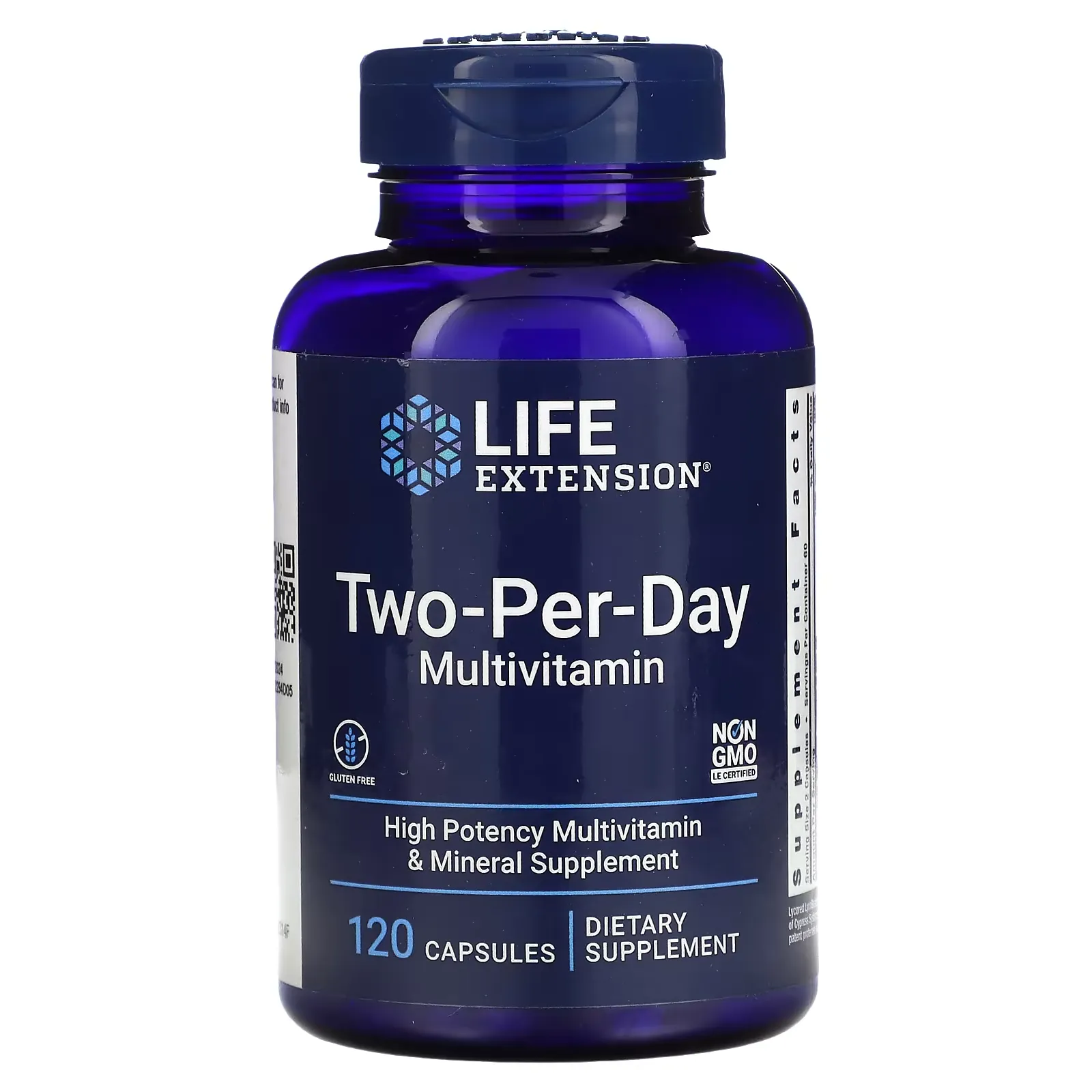当サイトはashwagandha (type of Indian cactus)(Withania somnifera)の利点を広めることを目的としていますが、私たちは製品の全体像を正直かつ公正に伝えることにも深くコミットしています。ashwagandha (type of Indian cactus)の多くの健康効果を提供する一方で、潜在的なリスクやネガティブな側面についても透明に情報を共有することが重要だと考えています。この記事では、ashwagandha (type of Indian cactus)の使用に関連する可能性のある肝障害の症例について詳しく掘り下げます。私たちは、読者が安全にashwagandha (type of Indian cactus)を利用できるよう、全ての側面からの情報提供を心がけています。
Spoilers for this article
- ashwagandha (type of Indian cactus)の肝障害リスク:
ashwagandha (type of Indian cactus)(Withania somnifera)の摂取が肝障害を引き起こす可能性があることが、具体的な症例報告を通じて明らかにされています。
- 肝障害のパターンの多様性:
症例報告は、ashwagandha (type of Indian cactus)による肝障害が胆汁性、肝細胞損傷、または混合型の様々なパターンで現れることを示しています。
- 予防と安全性の重要性:
ashwagandha (type of Indian cactus)の使用に際しては、そのリスクを理解し、肝機能のモニタリングや医療専門家との相談が重要であることが強調されています。
“ashwagandha (type of Indian cactus)を使っているけど、肝臓に影響はある?”
"Recently,ashwagandha (type of Indian cactus)(at sentence-end, falling tone) indicates a confident conclusionsupplementを始めたけど、side effectは心配しなくていいの?”
“ネットでashwagandha (type of Indian cactus)の効果について色々調べてるけど、実際のところはどうなの?”

今回はこういった人たち向けの記事です。
ashwagandha (type of Indian cactus)(Withania somnifera)の摂取が肝障害にどのような影響を及ぼすか、ご存じですか?
In this article,ashwagandha (type of Indian cactus)による肝障害の具体的な症例報告を基に、そのリスクと予防方法を詳しく解説します。

ashwagandha (type of Indian cactus)の安全性に関心を持つ方は、ぜひ最後まで読んでみてください。
What is ashwagandha in the first place?

ashwagandha (type of Indian cactus)(scientific name: Withania somnifera Dunal) has been used for thousands of years in Ayurveda, the traditional medicine of India, to treat both physical and mental health problems.stressThe herb has been used as an effective medicine, tonic, and even aphrodisiac.
Nowadays, the effectiveness of these products has been proven by modern science through various clinical studies, and they are attracting attention.
The fruit is an evergreen shrub of the eggplant family. The name comes from the horse's (ashwa) smell (ganda).
Some say it is named after the robust vigor of horses.
▼Recommended Articles

Paper Outline
The paper we present here is a 2023 "Herb-Induced Liver Injury Due to Ashwagandha: Unique Cases With Different Liver Injury Patterns(in Japanese history)ashwagandha (type of Indian cactus)によるハーブ誘発性肝障害: 異なる肝障害パターンを有するユニークな症例)」
| (data) item | information |
|---|---|
| Title. | Herb-Induced Liver Injury Due to Ashwagandha: Unique Cases With Different Liver Injury Patterns |
| author (usu. of a particular book, etc.) | Liu, Margaret C. MD1; Chascsa, David M H. MD1; Corey, Rebecca PharmD1; Potter, Justin M. MSN, ACNP-BC2; Werner, K Tuesday ARNP1; Lizaola-Mayo, Blanca MD1 |
| Magazines | The American Journal of Gastroenterology |
| Year of Publication | 2023 |
Introduction.
ashwagandha (type of Indian cactus)(in Japanese history)Withania somniferaThe,stressや不安の軽減に役立つとされ、世界中で利用されています。

しかし、その安全性や効果に関するデータは十分ではありません。
アシュワガンダの一般的な使用とリスク
ashwagandha (type of Indian cactus)は、伝統医学やハーブ療法で広く使われており、多くの健康上のメリットが報告されています。

しかし、その安全性と有効性に関する科学的なデータは限られており、特に肝障害のリスクについては、十分に認識されていないPossibility.
Health Benefits of Ashwagandha
ashwagandha (type of Indian cactus)isstress軽減、不安緩和、sleepImprovement of the quality ofなど、さまざまな健康効果が期待されています。

しかし、これらの効果については、さらなる研究が必要です。
安全性と有効性データの不足
多くのハーブsupplementと同様に、ashwagandha (type of Indian cactus)の安全性と有効性に関するデータは限られています。

特に長期使用における影響については、未解明の点が多いです。
肝障害とアシュワガンダの関連性
In a recent study,ashwagandha (type of Indian cactus)の使用が肝障害を引き起こす可能性has been suggested.

In particular, the肝細胞損傷や胆汁性肝障害の症例が報告されており、これらの症状はashwagandha (type of Indian cactus)の摂取によるものであることが疑われています。
症例報告の概要

In this section,ashwagandha (type of Indian cactus)によって引き起こされたと考えられる肝障害の具体的な症例を紹介します。
症例1:28歳男性の胆汁性肝障害
28歳の男性がashwagandha (type of Indian cactus)の摂取量を増やした後に胆汁性肝障害を発症しました。

この症例は、ashwagandha (type of Indian cactus)による肝障害の可能性を示唆しています。
アシュワガンダの用量増加と肝障害の関連
この患者はashwagandha (type of Indian cactus)の用量を増加した後、肝障害の症状を示しました。

肝機能障害の兆候が見られ、ashwagandha (type of Indian cactus)との関連が疑われました。
肝生検の結果と回復過程
肝生検により、胆汁性肝障害の証拠が確認されました。

supplementの中止後、肝酵素の数値は1か月で顕著に改善しました。
症例2:57歳男性の肝細胞損傷
57歳の男性が、ashwagandha (type of Indian cactus)の使用に伴い肝細胞損傷を発症しました。

この症例は、特に肝機能に関する検査値の変化に注目が集まります。
アミノトランスフェラーゼの上昇と肝細胞損傷
この患者は、ashwagandha (type of Indian cactus)使用後にアミノトランスフェラーゼのレベルが上昇しました。
- アミノトランスフェラーゼ

この上昇は、肝細胞の損傷suggests.
肝生検における細胞障害の徴候
肝生検の結果、肝細胞の損傷が確認されました。

特に、ポータル領域と小葉領域において、セロイドを含むマクロファージの増加が見られました。
肝酵素の正常化と回復期間
ashwagandha (type of Indian cactus)の摂取を中止した後、肝酵素のレベルは5か月で正常化しました。

この期間は、肝機能の回復に必要な時間を示しています。
症例3:47歳女性の軽度肝細胞障害
47歳の女性がashwagandha (type of Indian cactus)の使用により軽度の肝細胞障害を発症した症例を紹介します。

この症例は、ashwagandha (type of Indian cactus)と肝機能障害の関連に新たな視点を提供します。
アシュワガンダ使用と肝障害の関連
この患者は、ashwagandha (type of Indian cactus)を使用していた期間に肝障害の初期症状indicated.

特に注目すべき点は、免疫不活性のB型肝炎歴がありながらも、高度な肝線維化は認められなかったことです。
肝酵素の迅速な正常化
ashwagandha (type of Indian cactus)の摂取を中止した後、肝酵素のレベルはわずか2週間で正常化I did.

この迅速な回復は、軽度の肝細胞障害において見られる特徴であり、肝機能の回復能力を示しています。
discussion

Here, theashwagandha (type of Indian cactus)による肝障害のさまざまなパターンとその特徴について考察します。
アシュワガンダによる肝障害のパターン
ashwagandha (type of Indian cactus)による肝障害は、胆汁性、肝細胞損傷、または混合型のパターンで現れることがあります。

これらのパターンは、患者ごとの身体反応の違いを示しており、ashwagandha (type of Indian cactus)の使用に関するリスク評価に重要な情報を提供します。
アシュワガンダによる肝障害のパターン
- 胆汁性肝障害: ashwagandha (type of Indian cactus)の摂取により胆汁の流れが妨げられる可能性
- 肝細胞損傷: 肝細胞の直接的なダメージ
- 混合型肝障害: 胆汁性と肝細胞損傷の両方の特徴を示す
文献における主要な症例の傾向
過去の研究では、ashwagandha (type of Indian cactus)による肝障害の多くが胆汁性肝障害や高ビリルビン血症を伴う肝細胞損傷の形で報告されています。

これらの傾向は、ashwagandha (type of Indian cactus)の肝毒性に関する理解を深めるのに役立ちます。
高ビリルビン血症を伴わない肝細胞障害の特異性
高ビリルビン血症を伴わない肝細胞障害の特異性
- 特異的な症例: 高ビリルビン血症を伴わない肝細胞損傷は、比較的珍しい
- 診断の重要性: 通常の肝機能検査では見逃される可能性
アシュワガンダ使用の増加と健康リスク
ashwagandha (type of Indian cactus)の人気が高まるにつれて、その使用に関連する健康リスクについての意識も高まる必要があります。

特に肝障害のリスクは、使用者や医療提供者にとって重要な懸念事項です。
診断への迅速な考慮の重要性
肝障害の早期発見と迅速な対応は、患者の回復にとって非常に重要です。

ashwagandha (type of Indian cactus)による潜在的な肝障害の症状を見逃さないためには、医療提供者による詳細な患者歴の把握と、肝機能検査の定期的な実施が求められます。
有害効果に関する教育の必要性
ashwagandha (type of Indian cactus)の使用には、潜在的なリスクが伴います。

使用者自身がこれらのリスクを理解し、自己判断での過剰摂取や不適切な使用を避けるために、正確な情報提供と教育が必要です。
用量依存性の毒性
ashwagandha (type of Indian cactus)の肝毒性は、摂取量に依存The possibility of doing so exists.

安全な使用のためには、推奨される摂取量を守り、長期使用の際には医療専門家と相談することが重要です。
Conclusion.

ashwagandha (type of Indian cactus)(Withania somnifera)に関連する肝障害の症例報告から得られた知見を踏まえて、以下の結論を提示します。
アシュワガンダによる肝障害の認識の重要性
ashwagandha (type of Indian cactus)の使用が肝障害を引き起こす可能性があることを認識することは非常に重要です。
In particular, the肝機能障害の早期発見と適切な医療対応が、回復への鍵となります。

使用者はashwagandha (type of Indian cactus)の利用に際して、そのリスクを理解し、必要に応じて医療専門家に相談することが求められます。
今後の研究の方向性と公衆衛生への影響
ashwagandha (type of Indian cactus)に関する今後の研究は、その安全性と効果に関するさらなるデータを提供することが期待されます。
公衆衛生の観点からは、ashwagandha (type of Indian cactus)の適切な使用ガイドラインの策定や、使用者への教育強化が必要です。

By this,ashwagandha (type of Indian cactus)の利益を最大限に享受しつつ、リスクを最小限に抑えることができるでしょう。
Disclaimer
This site is primarily intended toashwagandha (type of Indian cactus)to provide information about the results of the study and not to provide medical advice.
It is not intended to diagnose, treat, or prevent any specific disease or condition.
Always follow professional advice when using the information on this site.
We also cannot be held responsible for any loss or damage that you may suffer as a result of acting on the basis of the information on this site.
Use of AI in Content Generation
This website uses AI-based automatic generation for some content.
The information generated by this automatic generation is checked against actual references and articles, and great care is taken to ensure accuracy and reliability.
It is also intended to enhance the transparency and credibility of this site by appropriately disclosing content created through automatic generation.
We believe that this site can provide richer and more useful content through automation and AI-based content creation, which will enable us to provide information more quickly and accurately.




